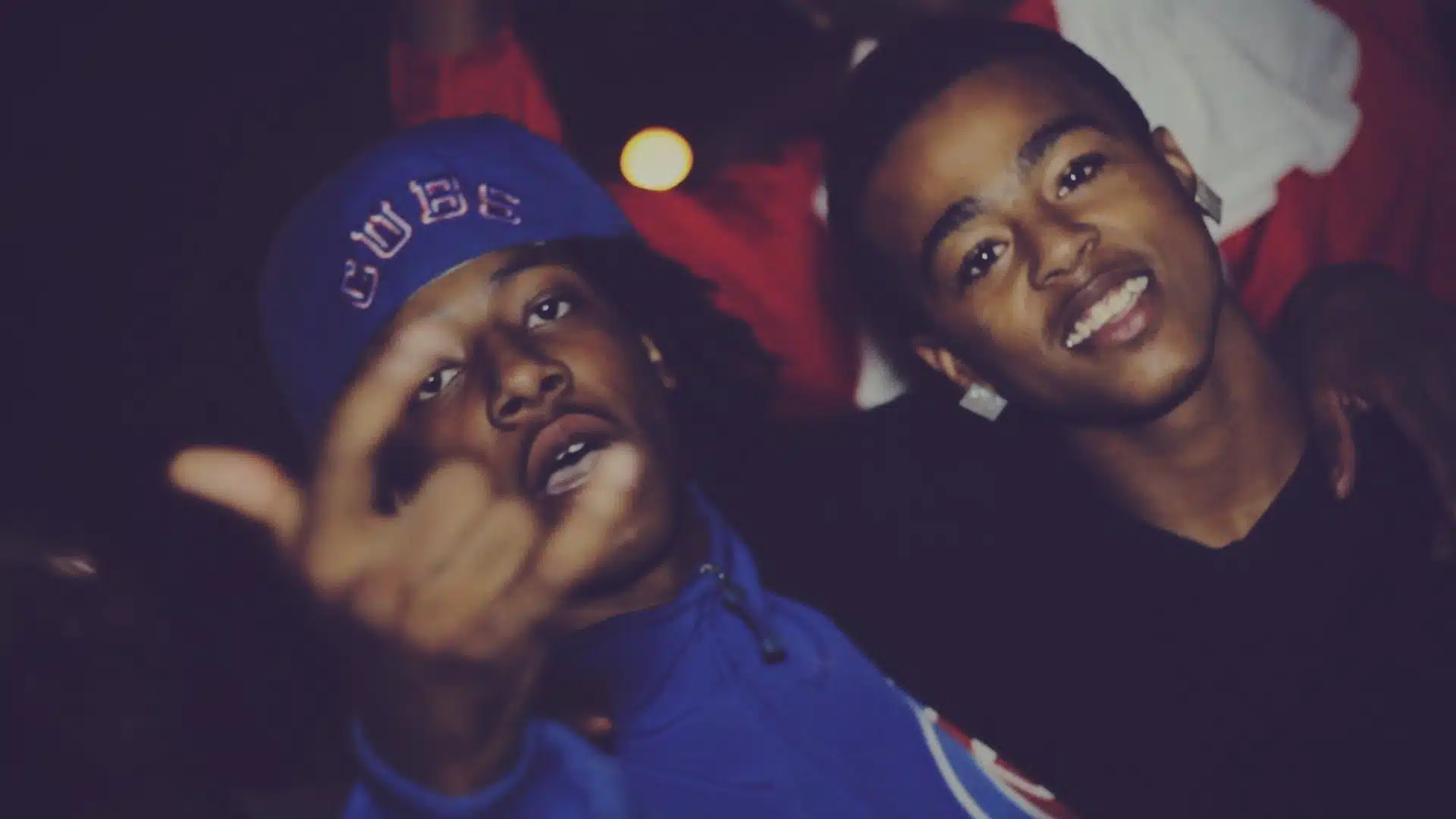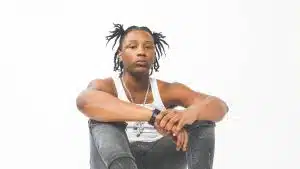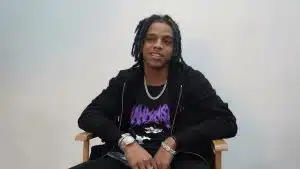The Short-lived Legacy of Lil JoJo
In the gritty landscape of Chicago’s drill music scene, the name Lil JoJo stands out as a poignant reminder of both the promise and perils that accompany a rising star. Lil JoJo’s brief but impactful journey through the world of hip-hop left an indelible mark, highlighting the challenges faced by young artists in an environment rife with violence and competition.
He was a gangster and member of the Gangster Disciples and Insane GD. Lil Jojo lived in a ghetto and many believe that one of the reasons he became a rapper was so he could make diss tracks aimed at his enemies.

Early Life and Musical Beginnings
Born Joseph Coleman under the zodiac sign of Aries on 6 April 1994, in Chicago, Illinois USA, he held American nationality and his ethnicity was African-American. He was raised by his parents, about whom nothing is known., and hasn’t spoken about his siblings, however, many of his fans believe that he wasn’t an only child.
Lil JoJo grew up on the South Side of Chicago, an area notorious for its socio-economic challenges and gang-related violence. From an early age, he found solace and expression in music, channeling his experiences and struggles into his lyrics. His introduction to the drill music scene, characterized by its raw and unfiltered portrayal of inner-city life, provided a platform for him to share his story.
Rise to Fame
Lil JoJo gained recognition in the early 2010s, propelled by the release of his tracks such as “BDK (3HunnaK)”, which brought attention to the ongoing feud between his “Brick Squad” affiliates and Chief Keef’s “Glo Gang”. The tensions between these rival factions added an extra layer of intensity to Lil JoJo’s music, capturing the attention of fans and industry insiders alike. His bold and confrontational style set him apart, earning him a following within the drill music community.
Today, all of his videos have been removed for violating YouTube’s anti-violence or explicit content policy. There is an Instagram account under Lil Jojo’s name which is being followed by nearly 17,500 people, and most of the photos posted onto this account feature Lil Jojo with his gang. It seems that some of his fans or maybe friends are running this account, since there are posts uploaded after Lil Jojo’s death.
https://www.instagram.com/rapgenerals/p/CwyBBM-g9i7/
Appearance
Lil JoJo, known for his distinctive appearance, embodied the urban style prevalent in the Chicago drill music scene. Often seen wearing bold streetwear and adorned with multiple tattoos, he showcased a raw and authentic aesthetic reflective of his South Side roots. Lil JoJo’s physical presence, characterized by his braided hair, facial piercings, and penchant for flashy jewelry, contributed to his image as a charismatic and assertive figure within the hip-hop community. He was 5ft 6ins (1.67m) tall and weighed around 110lbs (50kgs).
His trademark style, combined with his confrontational lyrics, helped him stand out in a genre that thrived on authenticity and a genuine connection to the streets; many of his female fans said that he was one of the prettiest rappers.
Tragic Feud and Ongoing Tensions
The feud between Lil JoJo and Chief Keef escalated both online and in the streets of Chicago, contributing to a toxic environment within the local hip-hop scene. The confrontations between the rival camps played out on social media platforms, further fueling the animosity. Lil JoJo’s music became a reflection of the harsh realities he faced, with lyrics that often spoke to the violence and struggles endemic to his surroundings.
Untimely Demise
Tragedy struck on 4 September 2012, as Lil JoJo’s life was cut short in a drive-by shooting. It’s known that Lil JoJo was riding a bicycle near his home in the Englewood neighborhood of Chicago when he was shot and killed The circumstances surrounding his death remain shrouded in mystery, and the case remains unsolved. His passing sent shockwaves through the hip-hop community, raising questions about the impact of street violence on emerging artists, and the urgent need for change within marginalized communities. Lil Jojo was just 18 years old when he died.
10 years ago today we lost popular Chicago rapper #LilJojo. May he Rest In Peace 🙏🕊 pic.twitter.com/HGp59uQEun
— Daily Loud (@DailyLoud) September 5, 2022
Various theories and speculations emerged in the aftermath of his death, with some suggesting that the shooting was connected to the ongoing feud between Lil JoJo’s “Brick Squad” associates and the rival “Glo Gang”, led by Chief Keef.
However, no arrests were made in connection with Lil JoJo’s murder, and the case remained open. The lack of conclusive evidence and witnesses coming forward made it difficult for law enforcement to solve the crime. The circumstances surrounding Lil JoJo’s death, the online tensions, and the broader context of violence within Chicago’s hip-hop scene have contributed to the mystery and speculation surrounding the tragic incident.
Ten years after his death a surveillance video leaked showing the young rapper’s last moments alive being chased by a Ford Taurus when the gunman fatally shot him. However, it appears that this didn’t help the police to find Lil Jojo’s killer.
Legacy and Impact
Lil JoJo’s legacy is both complex and multifaceted. While his music served as a raw and unfiltered portrayal of life in Chicago’s South Side, his untimely death underscores the challenges faced by artists navigating the dangerous intersections of fame, street life, and rivalries. His story serves as a cautionary tale, prompting reflection on the systemic issues that contribute to violence within urban communities.
Lil JoJo’s life and career, though tragically short-lived, remain etched in the annals of hip-hop history. His contributions to the drill music scene shed light on the harsh realities of urban life and the struggles faced by artists attempting to break free from the cycle of violence. As the industry continues to grapple with these issues, many believe that Lil JoJo’s legacy serves as a stark reminder of the urgent need for change and support within marginalized communities, so that aspiring artists can pursue their dreams without succumbing to the perils of their surroundings.











Leave a Comment